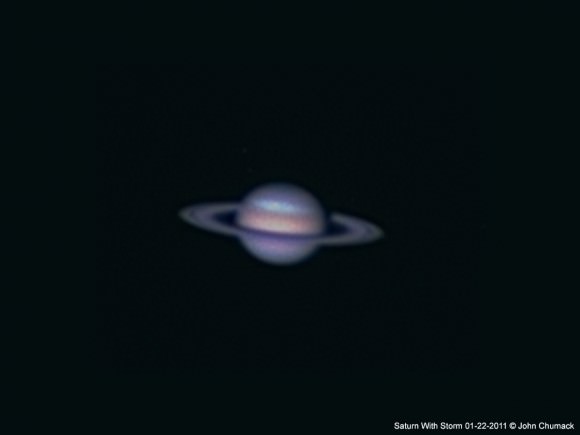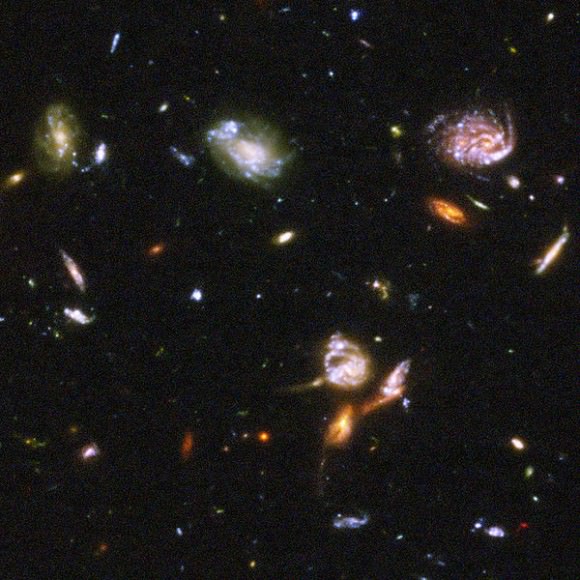Greetings, fellow SkyWatchers! With the late, late rise of the Moon this weekend would be a perfect opportunity to make the most of the constellation of Lepus. Are you ready to follow some wabbit twacks? Then let's go...

Created as one of Ptolemy’s original 48 constellations and positioned just south of the celestial equator, Lepus has endured the test of time to become one of the 88 modern constellation recognized by the IAU. Spanning 290 square degrees of sky, it ranks fifty-first in size and contains only 2 bright stars, yet has 8 stars in its major asterism. Within the confines of Lepus you will also find 20 stars with Bayer/Flamsteed designations. It is bordered by the constellations of Orion, Monoceros, Canis Major, Columba, Caelum and Eridanus. Lepus is visible to all observers at latitudes between +63° and ?90° and is best seen at culmination during the month of January.
In mythology, or perhaps more correctly story and legend, Lepus represents the hare at Orion the Hunter’s feet. It is believed the winged messenger god, Hermes honored the hare for its speed, giving it a place amongst the stars. It is also believed that Canis Major, Orion’s dog, forever pursues Lepus across the sky. The Egyptians saw this constellation as associated with Osiris and fertility… Of course, there is no more fertile creature than a rabbit!
Let’s start our binocular tour of Lepus with Alpha Leporis – the “a” symbol on our map. Its name is Arneb and it literally means “hare” in Arabic. Arneb is an older, dying star that may have already passed through a supergiant phase and is now contracting and heating up in the latter phases of stellar evolution, or perhaps is still expanding into the supergiant phase. With a mass of likely less than 10 times that of the Sun, it will likely end its life as a hot white dwarf, although if it is at the heavier end of its estimated mass it may end in a spectacular stellar explosion known as a supernova. Positioned about 1300 light years from Earth, Arneb may be dying… But it still has a few years of light left for you to enjoy!
Stay with binoculars and head south for Beta Leporis – the “B” symbol on our map. Beta’s proper name is Nihal – the “drinking camel”. Somewhat similar to our Sun, this unusual 159 light year distant dwarf star outshines Sol by 165 times. Why? Probably because it’s 16 times larger. Inside it has a rapidly evolving helium core and in less than a million years it will brighten as it begins to fuse its internal helium into carbon. Now take a look in a telescope. That’s right, Nihal is a binary star. About 2.5 seconds of arc away you’ll find a companion star that’s sometimes as bright as stellar magnitude 7 and sometimes as dim as 11. So what’s going on here? Chances are the companion star is an eclipsing double, much like an Algol-type. What’s more, the primary star – Nihal A – is also a bright X-ray source, which means it has strong stellar magnetic properties. According to research, it has a high content of yttrium and the rare earths praseodymium, neodymium, and samarium – chemicals that occurred because it began life just a little hotter than usual!
Now hop to Gamma Leporis – the “Y” shape on our chart. Gamma is a multiple star system which is about 29 light-years from Earth and consists of 2 or possibly 3 stars. What’s so cool about another multiple system? This one is on the move! Gamma is part of the Sirius Moving Group Of Stars. These stars are all about the same distance away and part of a larger collective of stars known as the Ursa Major Moving Group. Based upon its stellar characteristics and distance from Earth, Gamma Leporis, a main-sequence white-yellow dwarf star, is considered a high-priority target for NASA’s Terrestrial Planet Finder mission as well!
Point your binoculars or telescope at R Leporis – better known as “Hind’s Crimson Star”. Very few places in the sky will you find such ruby beauty! This well-known variable star is right on the border of Eridanus, but since the border doesn’t show on the sky, simply use bright Rigel to help you locate it. Named after famous British astronomer J.R. Hind, who observed it in 1845, you’ll find the most excellent carbon star varies from around magnitude 5 to 12 in about 427 to 432 days. In other words, you basically observe it from one year to the next! Hind’s Crimson star is the most beautiful when it is a minima, displaying an incredible smoky red color, which turns almost garnet as it brightens the following year. Enjoy this annual favorite!
Now keep those binoculars and telescopes handy as we drop a little less than four degrees south/southwest (a binocular field) of Beta and go for Messier 79 (RA 05:24.5 Dec -24:33). This 7th magnitude globular cluster was originally discovered by Pierre Mechain and later added to the Messier Catalog. Located about 40,000 light years from our solar system, the huge ball of stars spread across 118 light years of space an incorporates tens of thousands of distant suns. What’s unusual about it? Chances are, M79 is an import to our Milky Way Galaxy. From what we can tell through recent studies, this globular cluster may have actually belonged the the Canis Major dwarf galaxy at one time and became part of our galaxy through a galaxy collision! For double star fans, look another half degree southwest where you’ll see fifth magnitude ADS 3954 and its seventh magnitude companion. A nice same field bonus!
Have a grrrrrreat weekend!







